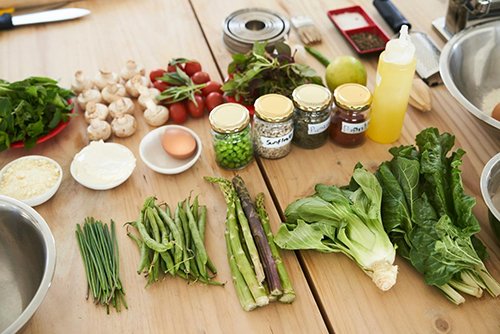A vacuum sealer removes the air from a bag or container and seals it closed, Which slows down the growth of bacteria and microorganisms, extending the shelf life of the food.
A vacuum sealer is a worthwhile investment that quickly pays off.
Vacuum Sealer’s application
- Food Preservation: Vacuum sealing is widely used to preserve fruits, vegetables, meats, fish, and dairy products. It keeps items fresh for an extended period, proving to be an excellent choice for meal planning, reducing food waste, and seasonal produce storage.
- Sous Vide Cooking: Vacuum-sealed bags are an essential component of sous vide cooking. By vacuum sealing ingredients and cooking them in a temperature–controlled water bath, you can achieve enhanced flavors and textures.
- Travel: Vacuum sealing eliminates the need for bulky food containers, helping to keep meals compact, fresh, and easily transportable for outdoor activities like camping, hiking, and boating.
- Non-Food Items: Vacuum sealing is not limited to food preservation. It can also be used to protect and store non-food items, such as important documents, clothing, silverware, and electronics from moisture, dust, and pests.
Vacuum Sealer’s Main Components
1. Vacuum chamber
The vacuum chamber is responsible for creating the vacuum environment and sealing the package.
A vacuum chamber is usually a chamber that is open at the top and has a sealing strip at the bottom.
2. Sealing bar
Sealing bar are heating elements, after the vacuum is created, the sealing bar carefully seals the bag to maintain the vacuum and prevent air from entering.
3. Vacuum pump
The vacuum pump is responsible for removing the air in the vacuum chamber and packaging, creating a vacuum environment by pumping out the air to achieve the required vacuum pressure level.
4. Control panel
The control panel allows the user to set vacuum and sealing parameters such as vacuum strength, sealing time and cooling time according to your requirements.

